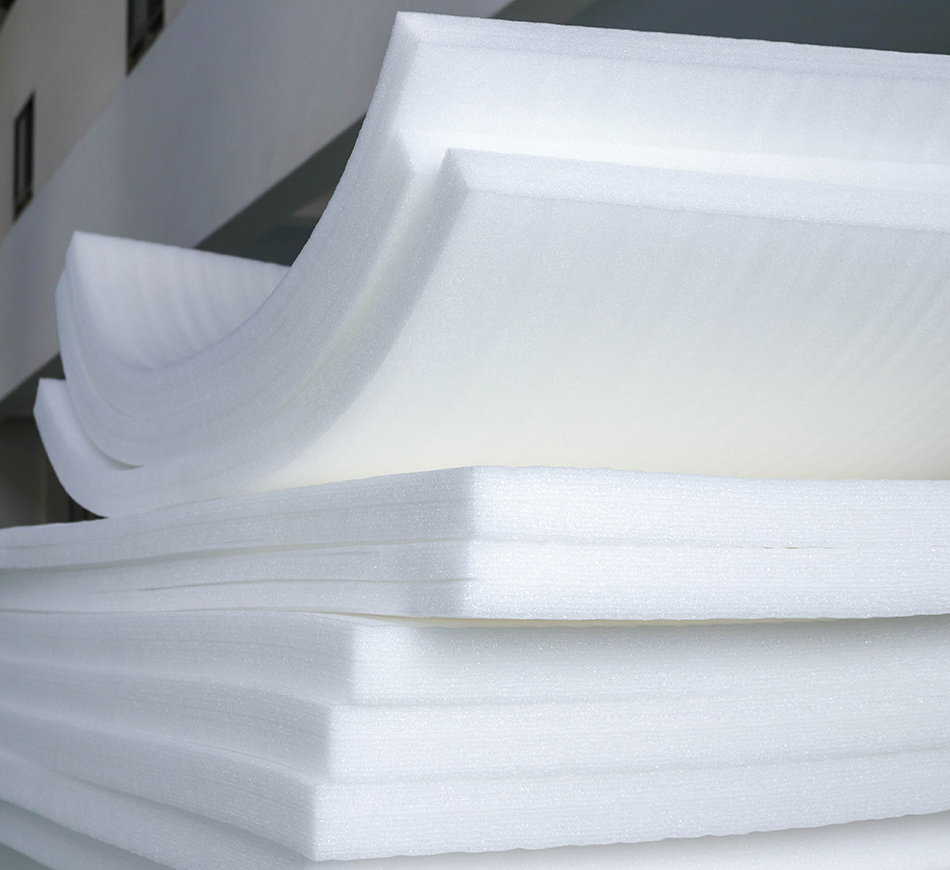Sound Insulation VS Thermal Insulation
Sound insulation and thermal insulation are both methods used to improve the comfort and functionality of buildings, but they serve different purposes and are designed to address distinct issues. Here’s a comparison of sound insulation and thermal insulation:
Sound Insulation:
- Purpose: Sound insulation, also known as acoustic insulation, is designed to reduce or block the transmission of sound from one area to another. It aims to minimize the impact of noise, making an indoor environment quieter and more comfortable. It is primarily focused on addressing noise-related issues.
- Materials: Sound insulation materials are engineered to absorb, dampen, or block sound waves. These materials can include fiberglass insulation, mineral wool, mass loaded vinyl, acoustic foam, and acoustic panels.
- Applications: Sound insulation is used in various areas, including residential and commercial buildings, recording studios, theaters, and offices. It helps create quiet spaces, reduce noise pollution, and improve acoustic quality.
- Effectiveness: The effectiveness of sound insulation is measured using Sound Transmission Class (STC) ratings. Higher STC ratings indicate better soundproofing capabilities.
Thermal Insulation:
- Purpose: Thermal insulation is primarily aimed at regulating and maintaining indoor temperatures. It helps keep buildings warm in the winter and cool in the summer by reducing heat transfer. It focuses on energy efficiency and climate control.
- Materials: Thermal insulation materials are designed to reduce heat flow by conduction, convection, and radiation. Common thermal insulation materials include fiberglass, foam board, spray foam, and reflective insulation.
- Applications: Thermal insulation is used in walls, roofs, floors, and other parts of a building to conserve energy, lower heating and cooling costs, and maintain indoor comfort.
- Effectiveness: The effectiveness of thermal insulation is measured by its R-value. A higher R-value indicates better thermal insulation properties.
In summary, sound insulation and thermal insulation serve different purposes and address distinct issues. Sound insulation is all about reducing or blocking sound transmission to create quieter and more comfortable indoor environments. Thermal insulation, on the other hand, focuses on regulating temperature and improving energy efficiency by minimizing heat transfer. Depending on the specific needs of a building, both types of insulation may be used in combination to create a comfortable, energy-efficient, and quiet space.


